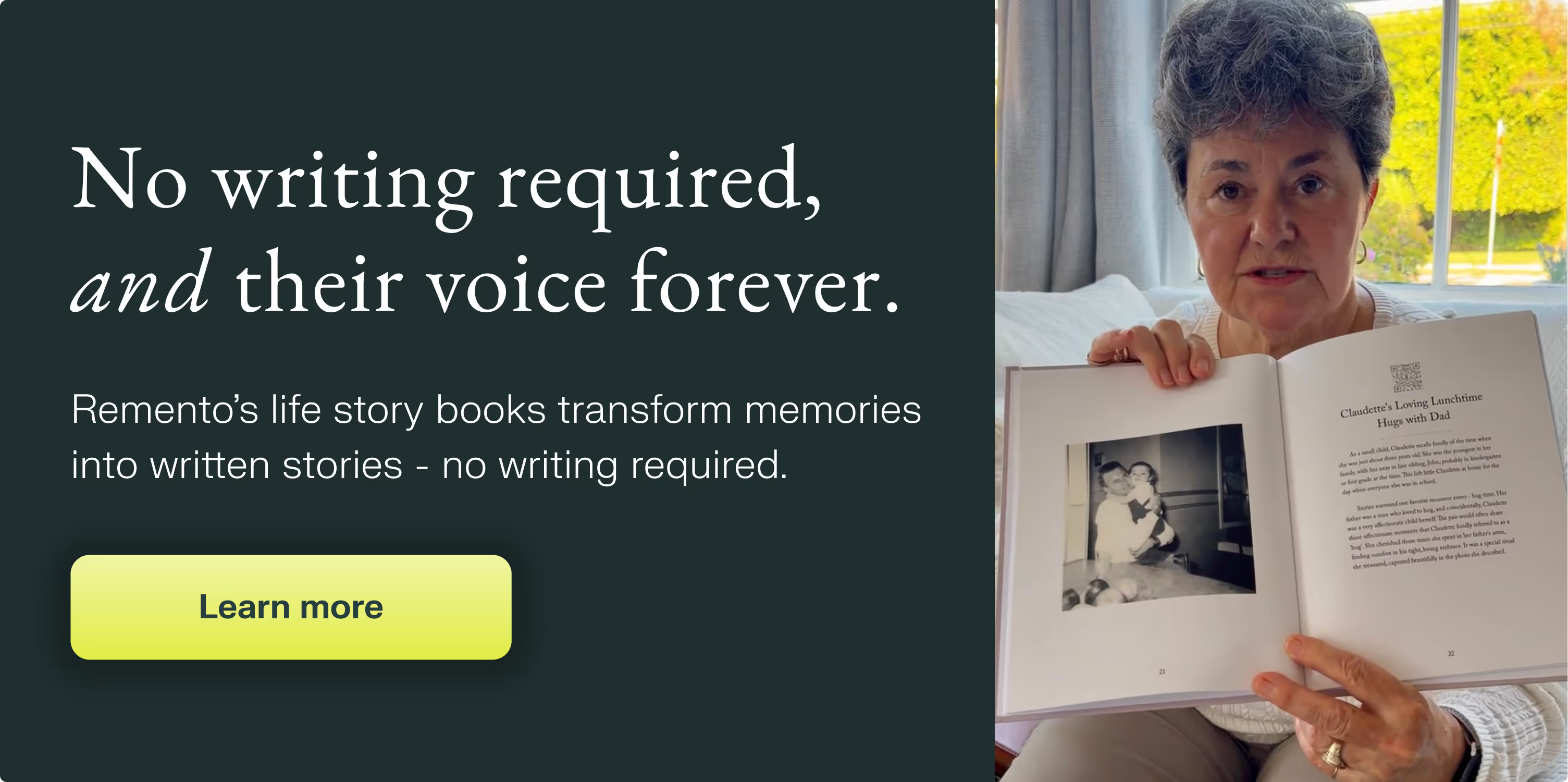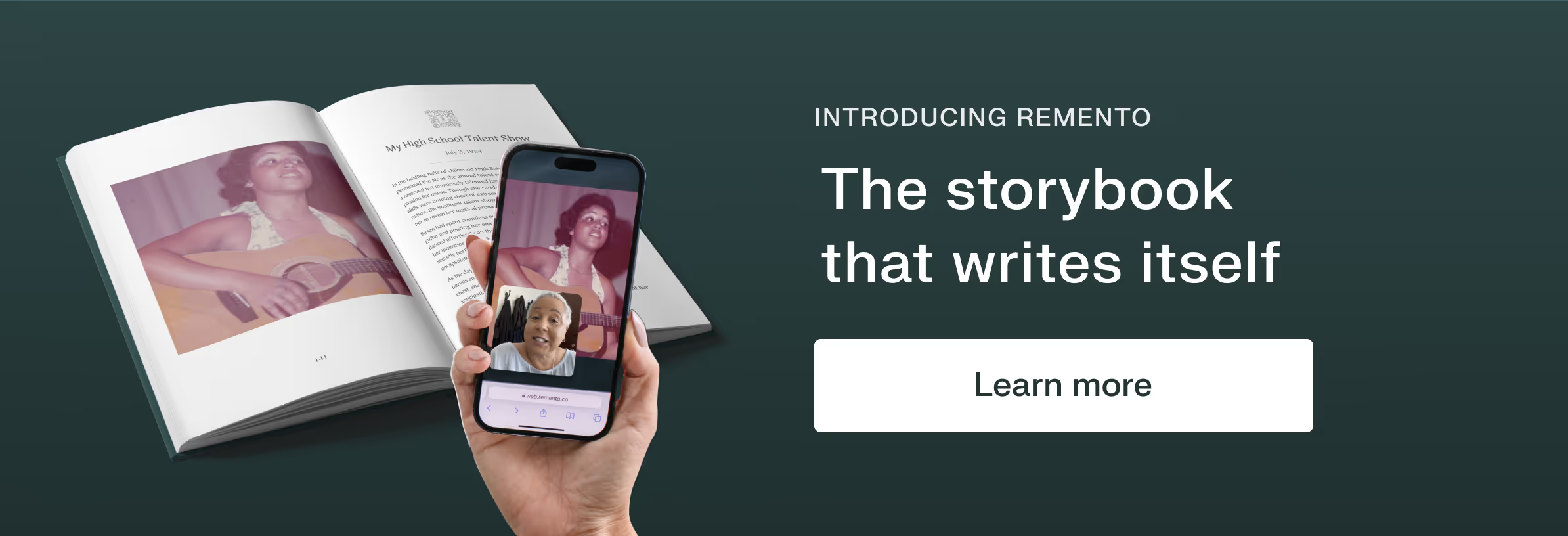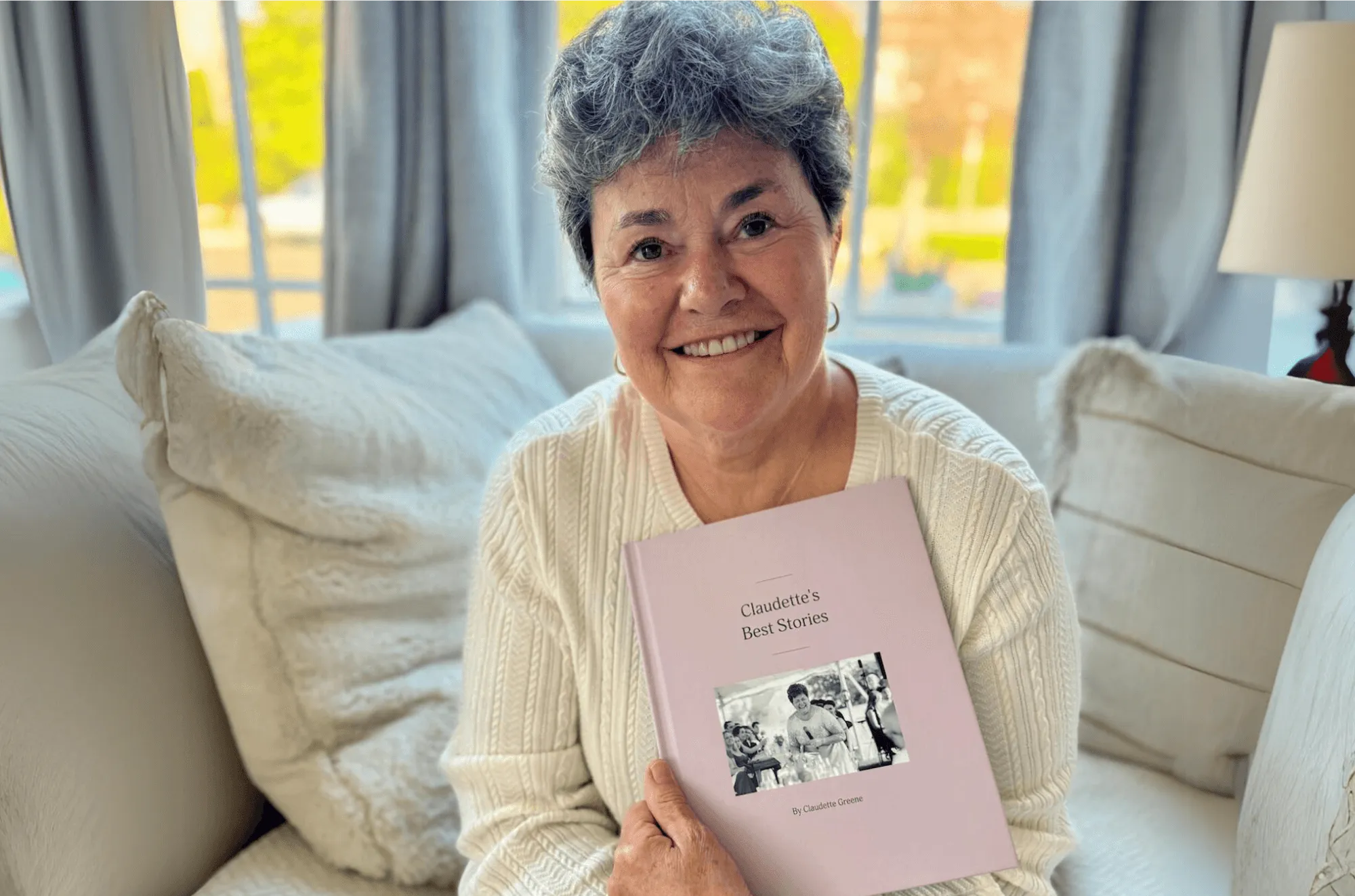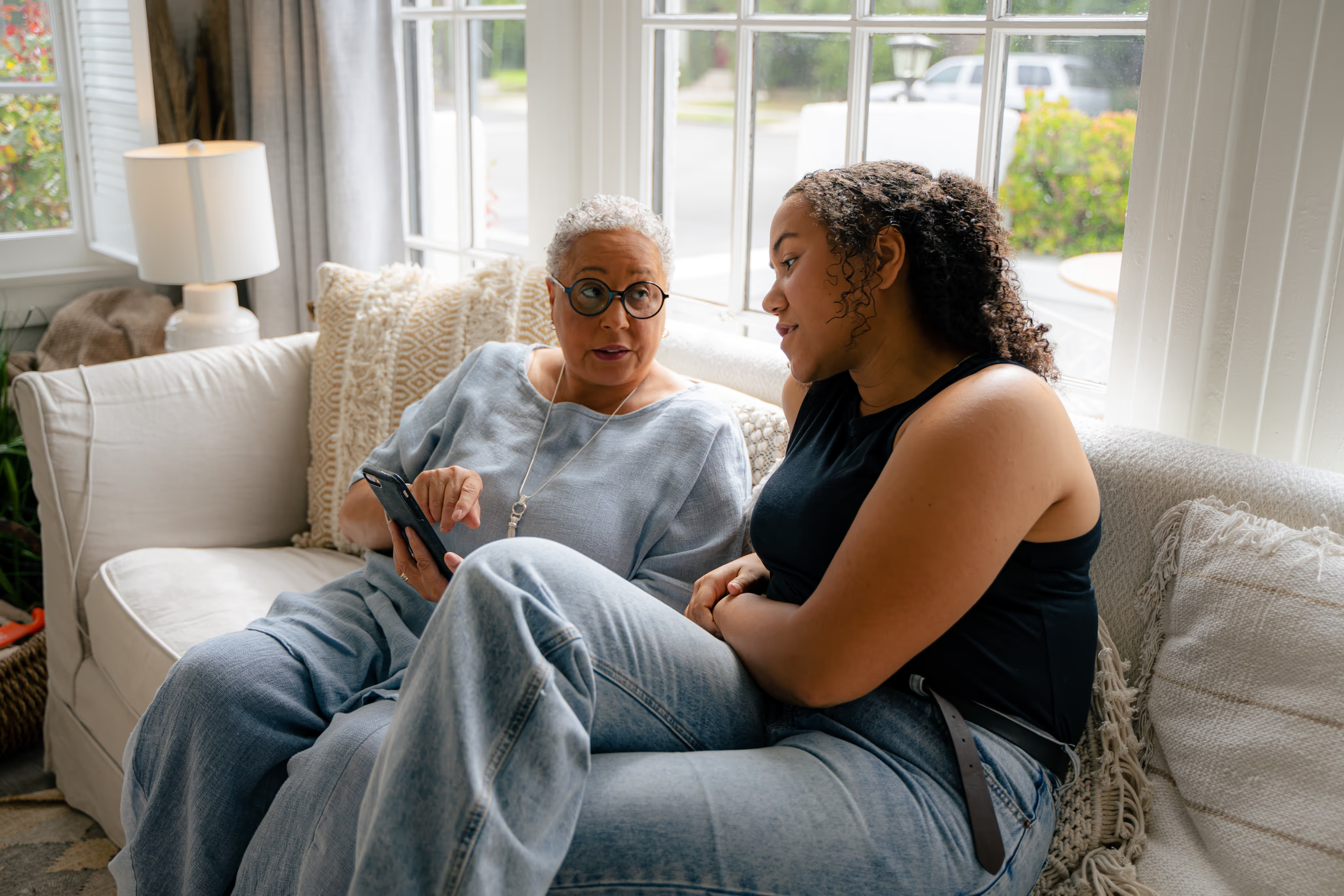Guaranteed to teach you things you never knew.
10 Tips to Conducting an Oral History Interview
Oral history interviews offer a profound way to uncover personal perspectives and experiences often overlooked in traditional historical accounts, emphasizing the importance of thoughtful preparation, empathetic listening, and respectful engagement to create meaningful narratives.
Oral history interviews are an invaluable tool in the field of historical research, offering a unique opportunity to delve into the personal perspectives, experiences, and memories that often go unrecorded in traditional historical documents. They can bridge the gap between the past and the present, enabling us to understand not just what happened, but how those events were experienced and interpreted by those who lived through them.
However, conducting an effective oral history interview is not as simple as just pressing 'record' and asking questions. It requires careful planning, thoughtful questioning, empathetic listening, and respectful treatment of the interviewee's experiences and memories.
By following these tips, you can ensure that your oral history interviews are as informative, respectful, and valuable as possible. Whether you're interviewing a family member about their personal history or conducting a larger oral history project, we're here to help you navigate this fascinating and rewarding process with confidence and skill. Let's embark on this journey of exploration and discovery together.
You can also get a Remento book to turn oral history interviews with your family into a keepsake book.
1. Research and prepare
The paramount step in conducting an oral history interview is thorough research and preparation. Understanding the interviewee's background, their historical context, and their personal experiences allows for informed and pertinent questioning.

Begin by studying the historical era, events, or themes linked to the interviewee's life to craft specific, insightful questions. Utilize resources like books or articles to gain a comprehensive understanding.
Gather information about the interviewee, such as their career, community involvement, and significant life events. This enables more meaningful conversation. Preliminary interviews with individuals who know the interviewee can provide valuable insights and highlight topics to discuss further.
A detailed question outline based on your research aids in maintaining focus during the interview and ensures all relevant points are covered. Familiarize yourself with ethical guidelines and best practices for oral interviews, respecting privacy, obtaining informed consent, and understanding the interviewee's wishes for the usage of the interview.
With thorough research and preparation, you'll be ready to conduct a meaningful and informative oral history interview.
2. Set the stage
Creating a comfortable environment for an oral history interview is key. This involves considering both the physical surroundings and the emotional comfort of the interviewee.
Choose a quiet, private location for the interview. This could be a room at the interviewee's home, a neutral meeting place, or a recording studio. The chosen location should be free from distractions to ensure a smooth interview process.
The physical setup of the interview space is also crucial. Arrange seating to promote comfort and open dialogue. Consider adding personal touches like soft lighting or memory-evoking objects to create a welcoming atmosphere.
Before the interview, establish rapport with the interviewee through casual conversation. This can make them more comfortable sharing their experiences. Remember to approach the interview with sensitivity, as discussing personal memories may spark strong emotions.
Ensure your recording equipment is well-set and working properly before starting. By carefully preparing the stage for the interview, you foster an environment that encourages trust and openness, setting the foundation for a successful interview.
3. Establish rapport
Establishing rapport with the interviewee is crucial for a successful oral history interview. It fosters a connection of trust and understanding, allowing the interviewee to share their experiences more openly.
Begin by showing genuine interest in the interviewee. Warm greetings, smiles, and light conversation can create a friendly atmosphere. Active listening, maintaining eye contact, and using affirming non-verbal cues demonstrate engagement and respect.
Empathy plays a significant role in rapport building. Validate the interviewee's emotions and experiences, showing understanding and compassion. This helps create a safe space for them to share their stories.
Encourage in-depth narratives by asking open-ended questions. Respect the interviewee's boundaries and comfort levels, adapting to their needs if necessary. Patience is key; allow the interviewee to set the pace of the conversation and embrace moments of silence. By building rapport, you create a foundation of trust, making the interviewee feel comfortable, valued, and respected, leading to a more enlightening oral history interview.
4. Use open-ended questions
Using open-ended questions in an oral history interview is crucial. These questions prompt detailed responses, allowing in-depth exploration of the interviewee's memories and experiences. They enable the interviewee to share their narratives in a meaningful way.
Open-ended questions elicit narratives rather than yes or no answers, fostering rich descriptions, anecdotes, and unique insights. Avoiding closed-ended questions lets interviewees express themselves freely, resulting in a more authentic account.
Effective open-ended questions often begin with phrases like "Can you describe...", "Tell me about...", or "What was it like when...". These encourage detailed responses and deeper exploration. Instead of asking if they liked something, ask them to explain their thoughts or emotions towards it.
Open-ended questions allow interviewees to reflect on their experiences and offer personal interpretations. Instead of asking for factual accounts, ask about their feelings, impacts, or beliefs about an event or situation.
Using open-ended questions creates a dynamic conversation where the interviewee actively shares their perspectives, providing information beyond surface details. However, it's important to balance open-ended questions with more focused ones to keep the interview on track.
Effectively using open-ended questions encourages interviewees to share their memories and insights, creating a comprehensive and engaging oral history interview.
5. Active listening
Active listening is crucial in oral history interviews, requiring the interviewer to fully engage with the interviewee's narrative, emotions, and experiences. This involves providing undivided attention, ensuring no distractions interrupt the flow of the conversation. Active listening also includes non-verbal cues like maintaining eye contact and using appropriate facial expressions, which convey attentiveness, empathy, and understanding.
Another key aspect of active listening is paraphrasing and summarizing the interviewee's statements to confirm understanding. This enables the interviewee to clarify or expand their thoughts, leading to a more detailed conversation. Being aware of the interviewee's emotions and non-verbal cues, such as changes in tone, facial expressions, or body language, is also key. This empathy helps create a safe and trusting environment, encouraging the interviewee to share more openly.
Finally, active listening involves asking follow-up questions reflecting engagement and genuine interest. These questions can help uncover more depth in the interviewee's experiences and memories. By practicing active listening, the interviewer fosters a meaningful conversation, allowing the interviewee's story to be valued and respected, enhancing the quality of the oral history documentation.
6. Allow silence
Allowing silence in an oral history interview is a potent tool that gives interviewees time to reflect and respond authentically. While it may feel uncomfortable, silence provides a natural pause for the interviewee to process the question, delve into their memories, and offer detailed responses. Resisting the urge to fill the silence or swiftly move to the next question allows for a deeper contribution from the interviewee.
Embracing silence shows respect for the interviewee's thoughts, indicating their words are valued. This acknowledgment can lead them to share more openly and authentically. During silence, maintaining an attentive presence with non-verbal cues like eye contact or nodding can make the interviewee feel supported.
Silence can also lead to unexpected insights as it gives room for introspection, potentially revealing deeper layers of their story. The duration of silence may vary between individuals, and the interviewer's role is to be patient, allowing the interviewee the necessary time without rushing.
7. Stay focused
Maintaining focus during an oral history interview is crucial, involving a consistent concentration on the interviewee and their narrative to capture their experiences, memories, and perspectives accurately. It promotes a respectful and engaging environment.
Focus involves several elements. First, it requires mental presence, active listening, and observation of non-verbal cues, necessitating the interviewer's full immersion in the conversation. Second, it involves guiding the interview while allowing the interviewee's story to unfold naturally, balancing asking relevant questions with letting the interviewee narrate freely. The interviewer must stay alert to potential digressions, redirecting the conversation back to the main topic when needed.
Third, focus includes managing interview logistics effectively, from ensuring that the recording equipment is working correctly to mindful time management for each interview section. Lastly, it means being responsive and adaptable, exploring interesting points further with follow-up questions or adjusting the interview's pace or direction based on the interviewee's comfort levels.
8. Encourage storytelling
Encouraging storytelling is a valuable method in oral history interviews, prompting interviewees to narrate their personal experiences, memories, and perspectives. More than collecting raw data, it elicits a deeper, emotional exploration of the interviewee's life history.
Creating a relaxed atmosphere, the interviewer uses active listening, empathy, and curiosity to foster a genuine connection, enabling the interviewee to share their anecdotes authentically. Open-ended questions are used to prompt detailed responses, allowing the interviewee to drive the narrative.
The interviewer must also be patient, respecting moments of silence as the interviewee recalls events or collects thoughts. This approach's value lies in the depth it brings to an interview, offering a glimpse into the interviewee's personal experiences, societal and cultural context, and emotions. It captures the human experience authentically, bringing history alive through personal narratives.
9. Respect and empathy
Respect and empathy are vital in conducting an oral history interview, cultivating an environment that encourages open and honest sharing of personal stories and experiences.
Respect in this context is more than politeness. It involves acknowledging the interviewee's unique experiences and perspectives, treating them with dignity, and honoring their boundaries. It includes recognizing their right to withhold information, adapting the conversation to their comfort levels. Also, respect encompasses appreciating the interviewee's contribution to preserving history, assuring them their narratives will be documented with integrity.
Conversely, empathy refers to the interviewer's ability to understand and share the interviewee's feelings. It involves showing compassion and sensitivity, especially when discussing emotionally charged or difficult events. An empathetic interviewer makes the interviewee feel supported, facilitating a deeper exploration of their history.
Empathy also requires showing genuine interest in the interviewee's story, connecting with them emotionally, and validating their feelings and experiences. This encourages the interviewee to dive deeper into their memories and share more personal aspects of their story.
10. Reflect and follow up
This is a crucial strategy in oral history interviews, which involves active processing of the interviewee's information, showing understanding, and asking further questions for a deeper insight into their experiences.
Reflection entails summarizing the interviewee's responses, showing active engagement and comprehension. It reassures the interviewee that they are heard and understood and allows for clarification of any misunderstandings, ensuring the accuracy of their narrative.
Follow-up questions, prompted by reflections on the interviewee's responses, explore the depth of their experiences. They delve into specific aspects of the narrative, encouraging elaboration on certain events or emotions, unveiling richer details of the story.
Well-timed follow-up questions, which should be open-ended and respectful, show the interviewer's genuine interest and make the interviewee more comfortable.


Their stories, forever at your fingertips
Remento’s life story books turn a parent or grandparent’s memories of the past into a keepsake book for the future - no writing required,.
Capture priceless family memories today
Join the thousands of families using Remento to preserve family history, all without writing a word.
.avif)
.avif)
